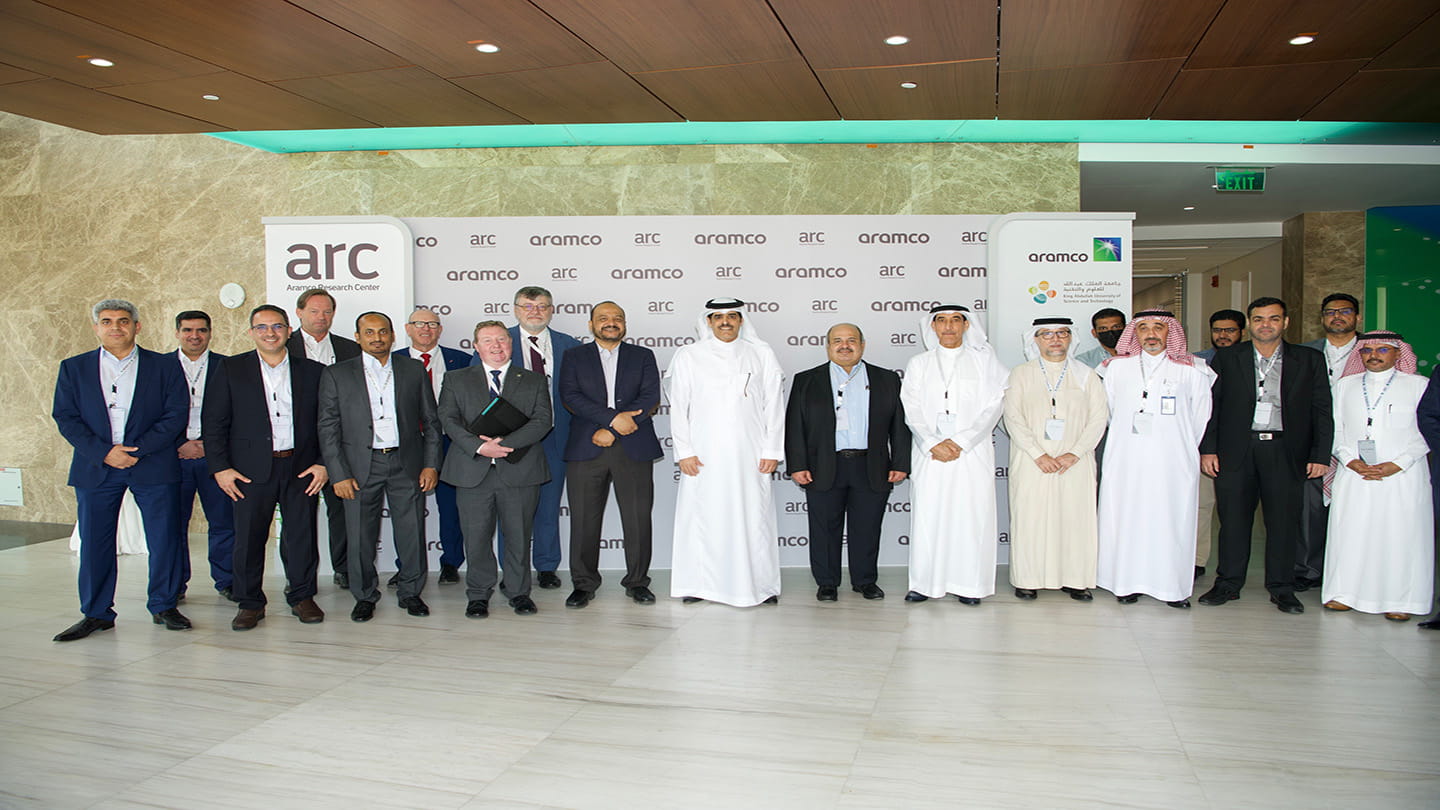아람코, 저탄소 에너지 연구 가속화 위해 ARC KAUST 개소

ARC KAUST의 개소식에 참석한 나시르 K. 알-나이미 (Nasir K. Al-Naimi) 아람코 업스트림 수석 부사장
- 넷제로 달성 신규 방안 발굴 위해 디지털 기술 활용
- KAUST와 특별 연구 협력 기회 제공
- 전 세계 에너지 산업이 직면한 도전적 과제 해결 목표
사우디 아라비안 오일 컴퍼니 ("아람코")는 오늘 킹압둘라과학기술대학 (KAUST) 내에 첨단 분석을 접목한 에너지 산업의 저탄소 솔루션 개발 가속화를 목표로 하는 아람코 리서치 센터 (ARC KAUST)를 개소했다.
KAUST내에 전략적으로 위치한 이 새로운 연구 허브는 인공지능과 머신러닝을 활용하여 저탄소 솔루션을 발전시키고 탄소순환경제 실현을 위한 혁신적인 기술들을 개발해 나갈 예정이다.
개소식에는 나시르 K. 알-나이미 (Nasir K. Al-Naimi) 아람코 업스트림 수석 부사장, KAUST 혁신 및 경제 개발 부사장 케빈 컬렌 (Kevin Cullen) 박사를 포함해 사빅, 다우, 페트로라빅의 경영진도 참석했다.
아람코의 최고기술책임자 (CTO) 아흐마드 알-코웨이터는 “ARC KAUST는 KAUST와의 협력을 강화하고 저탄소 미래에 기여할 최첨단 기술 개발을 가속화할 수 있는 특별한 기회를 제공합니다. 오늘날 에너지 기업은 지속 가능성과 신뢰성을 제공해야 하는 이중적 도전과제에 직면해 있습니다. 이 센터에서 수행되는 중요한 연구들는 우리가 전 세계 고객 및 에너지 소비자에 대한 의무를 이행하는 데 도움이 되는 동시에 2050년까지 운영상 넷제로에 달성이라는 당사의 목표 달성에도 도움이 될 것입니다.”라고 언급했다.
ARC KAUST 연구원, 엔지니어 및 과학자들은 탄소 포집, 저탄소 수소/암모니아, 비금속, 이퓨얼, liquids-to-chemicals 및 첨단 수송 기술 분야에서 새로운 기술 개발을 목표로 하고 있다.
이 센터의 개소는 아람코의 성장에 있어 중요한 이정표이며 슈퍼 컴퓨팅 및 데이터 분석과 같은 분야에서 KAUST의 역량을 활용할 수 있는 특별한 협업 기회를 제공한다.

